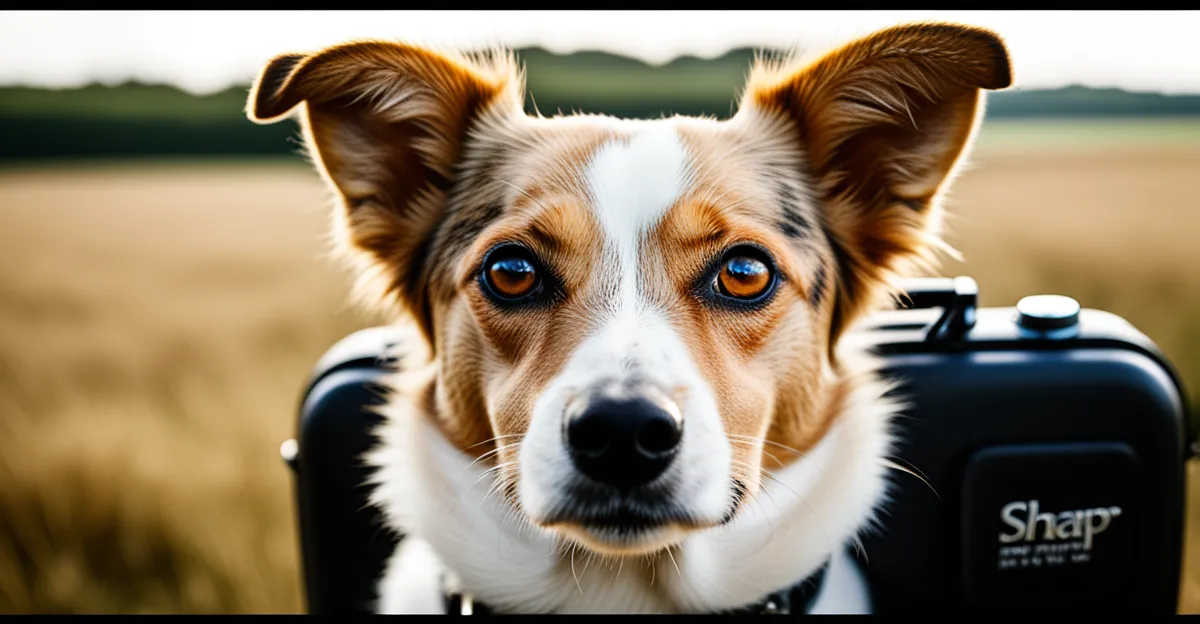Essential Pre-Travel Preparations for Your Pet
Preparing your pet for travel begins with pet health checks, which are crucial to ensure they are fit to journey and meet destination requirements. A thorough veterinary examination should confirm your pet’s overall health and update essential vaccinations, such as rabies. These are key components of pet travel preparation and often mandatory for legal travel.
Next, securing the correct pet documentation is essential. This includes health certificates, vaccination records, and microchip details. These documents verify vaccination status and identity, facilitating hassle-free travel and entry at borders. Keeping copies accessible during travel prevents complications.
Also to read : How Has Pet Ownership in the UK Evolved Over the Years?
Choosing an appropriate carrier tailored to your pet’s size and temperament enhances comfort during travel. The carrier should allow enough space for movement yet feel secure to reduce anxiety. Including familiar comfort items such as a blanket or toy can further soothe your pet.
By addressing health, paperwork, and comfort, you ensure your pet is ready physically and emotionally. This holistic approach to preparing pets for travel makes the journey safer and more enjoyable, reducing stress for both pet and owner.
This might interest you : What are the top UK destinations for pet-friendly hiking trails?
Understanding UK Legal Requirements for Pet Travel
Navigating UK pet travel laws requires attention to several key legal requirements for pets. First and foremost, proof of microchipping and pet registration is mandatory. Pets must be microchipped before vaccination, linking their identity to a database. This step helps confirm ownership and facilitates safe reunification if your pet gets lost during travel.
Beyond microchipping, UK pet travel regulations also include breed restrictions and local council rules. Certain dog breeds may face travel limitations or bans, so verifying local policies is prudent. These restrictions vary by region and can affect your transportation choices.
Another vital aspect is pet insurance considerations for travel. While not legally required, adequate insurance can protect against unexpected veterinary costs or travel interruptions. Some policies specifically cover travel-related incidents, providing peace of mind during your journey.
Understanding and complying with these legal requirements for pets ensures a smooth transition through border checks and avoids fines or quarantine. Staying updated on regulations helps you prepare your pet properly, making your travel safe and legally compliant.
Choosing Pet-Friendly UK Transport Options
Selecting the best mode of pet friendly travel UK depends on your pet’s size, temperament, and travel distance. Travelling with pets by car offers flexibility and control, allowing frequent stops for exercise, hydration, and bathroom breaks. Ensure your pet is safely restrained using a harness, carrier, or pet seatbelt compatible with vehicle safety standards.
For train journeys, pet transport UK rules require pets to be in appropriate carriers that fit in designated areas. Booking in advance and notifying the train provider helps secure suitable space and clarifies any restrictions. Carriers must be well-ventilated and secure to keep pets comfortable throughout the trip.
Domestic flights within the UK have stricter pet travel preparation guidelines. Airlines often require pets to travel in IATA-approved carriers that fit under the seat, with limited size and weight allowances. Booking early and confirming pet policies with the airline ensures a smooth check-in and boarding process.
Understanding carrier and restraint regulations for your chosen mode is vital. Secure, well-ventilated carriers combined with prior bookings minimize stress and logistical issues, making your pet’s journey safer and more comfortable.
Minimising Stress and Ensuring Pet Comfort During Travel
Travel can be overwhelming for pets, so it’s crucial to reduce pet travel stress through thoughtful preparation. Creating a comfortable pet travel environment begins with familiar items like their favourite blanket or toy inside the carrier. These provide reassurance and help calm anxious pets.
Scheduling feeding times carefully is another key point. Avoid feeding your pet right before the trip to prevent nausea, but ensure they stay hydrated. Regular breaks are essential, especially on longer journeys, for exercise, toileting, and a brief change of scenery. This helps keep pets relaxed and prevents restlessness.
To further aid calming pets during travel, some owners find that natural calming aids or pheromone sprays can be effective—always consult your vet before use. Gentle handling and a soothing voice also play a big role in diminishing anxiety.
By combining these methods—creating a calm environment, timing food and water intake properly, and using calming techniques—you prepare your pet for a smoother experience. These practices ensure not only physical comfort but also psychological well-being, making travel safer and more enjoyable for your beloved companion.







